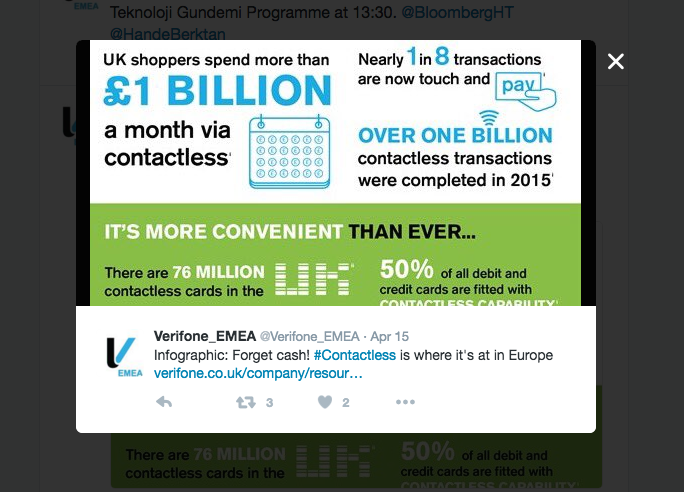FT Longitude Picks: Three thought leaders excelling at social media distribution
Just like a selfie, what use is good thought leadership if no one ever sees it?
An effective and well-thought-out distribution strategy is a critical component of any successful thought leadership programme. Reaching your audience on the right channels and making sure your content engages them is integral to achieving commercial objectives — whether they’re focused on reputation, relationship-building or revenue growth.
For many brands, distribution strategy comes as something of an afterthought and doesn’t get the attention it deserves. In today’s crowded marketplace, marketers need to think about distribution early in the planning phase of projects, and map out how they’ll use all the tools in their armoury to greatest effect.
Social media platforms are becoming increasingly important distribution tools for thought leadership, but there aren’t too many brands executing this well with their thought leadership content. So we’ve picked out three examples of brands who have done a good job to give you some inspiration, and we’ve highlighted where there’s room for improvement, too:
1. Verifone

What are they doing right?
Chances are, the piece of research you’ve commissioned contains a number of key data points that are driving the story. Infographics that can be pulled out and shared via social media are a great way to capitalise on that – they help you tell the story to your audience in a quick, compelling and visually appealing way. This is exactly what Verifone has done with this tweet – not forgetting to include hashtags and a link to the original piece.
What could they do better?
The intention may have been to draw people in by only displaying a portion of the full infographic (which is available in full by following the link), but it leaves the impression that not enough attention has been paid to what the final tweet will look like, even when the image has been expanded. Infographics shared on social media should be tailored for the medium.
Also, while the content is engaging and easy to consume, the statistics are drawn from several external sources. Without adding fresh primary research, it may not hold sector experts’ attention for long once they realise they’re not learning anything new.
2. Hitachi
https://www.youtube.com/watch?v=9ExXIV5dOyQ
What are they doing right?
This video is part of Hitachi’s ‘Social Innovation’ campaign. It’s clearly working well — the original video has had almost two million views since it was released. Thought leadership video content is often done badly — we’ve all seen those long, drawn-out and rather stiff executive interviews discussing complex research findings! This is short and to the point, it has a high production quality, and it draws people in with its visual appeal. It serves as a very effective teaser, pointing viewers in the direction of Hitachi’s social innovation microsite, which contains all of the thought leadership content the company has produced on the topic.
What could they do better?
There’s not a lot to quibble with here: I find this to be an excellent example of thought leadership distribution done right. It alludes to the exciting innovation happening at Hitachi around water supplies and leaves the audience wanting to find out more. One area for improvement is that it links you through to a microsite landing page for all of Hitachi’s social innovation thought leadership.
Having piqued the audience’s interest with its story on water innovation, Hitachi could perhaps channel them directly to a more targeted piece of content related to that, and ensure the wider content is available if it is also of interest.
3. ING

What are they doing right?
ING’s thought leadership is packaged up on its Ezonomics micro site, which this tweet links to. The content is good — it’s a consumer-focused economics site that establishes ING as a friendly, approachable and informed bank that knows its customers well, and doesn’t engage in the hard sell. The tweet itself ticks all the boxes. ING has asked a question to intrigue the reader, and has chosen a striking image that should pique interest, while (more or less) driving at the point of the article itself.
What could they do better?
There’s no signposting to Ezonomics, so casual readers of the tweet might assume that ING was linking to a third-party site. This has its own merits – establishing your brand as a thought leader doesn’t just have to involve your own content – but here there’s an opportunity to push ING’s Ezonomics brand.
These are just three examples of how focusing time and energy on social media distribution can help brands greatly expand the reach of their content. The first step for many brands is to become more proactive in pushing their thought leadership content across a range of digital platforms. Encouraging such thinking at the outset will then open up opportunities for running large-scale social media campaigns with your thought leadership content.
We’d love to hear your examples, too. Are there any truly innovative brands out there that we’ve missed, which are doing incredible things with their thought leadership on social media?






 Back
Back

 Book a meeting
Book a meeting
 Book a meeting
Book a meeting

